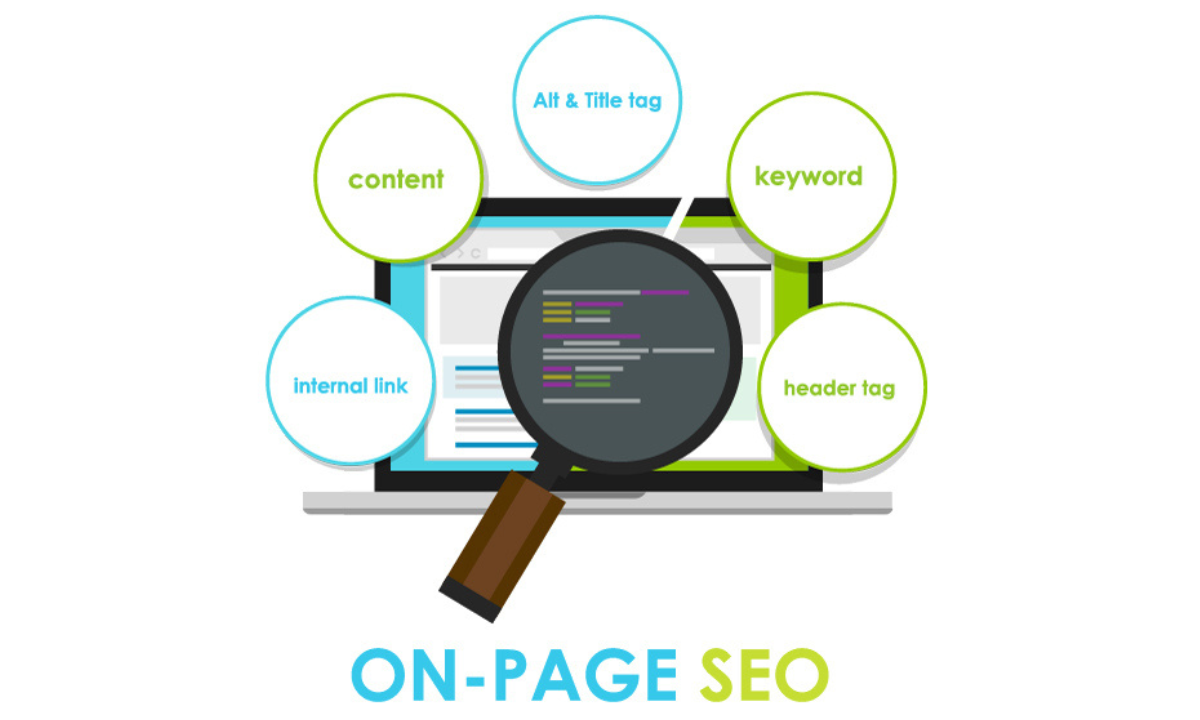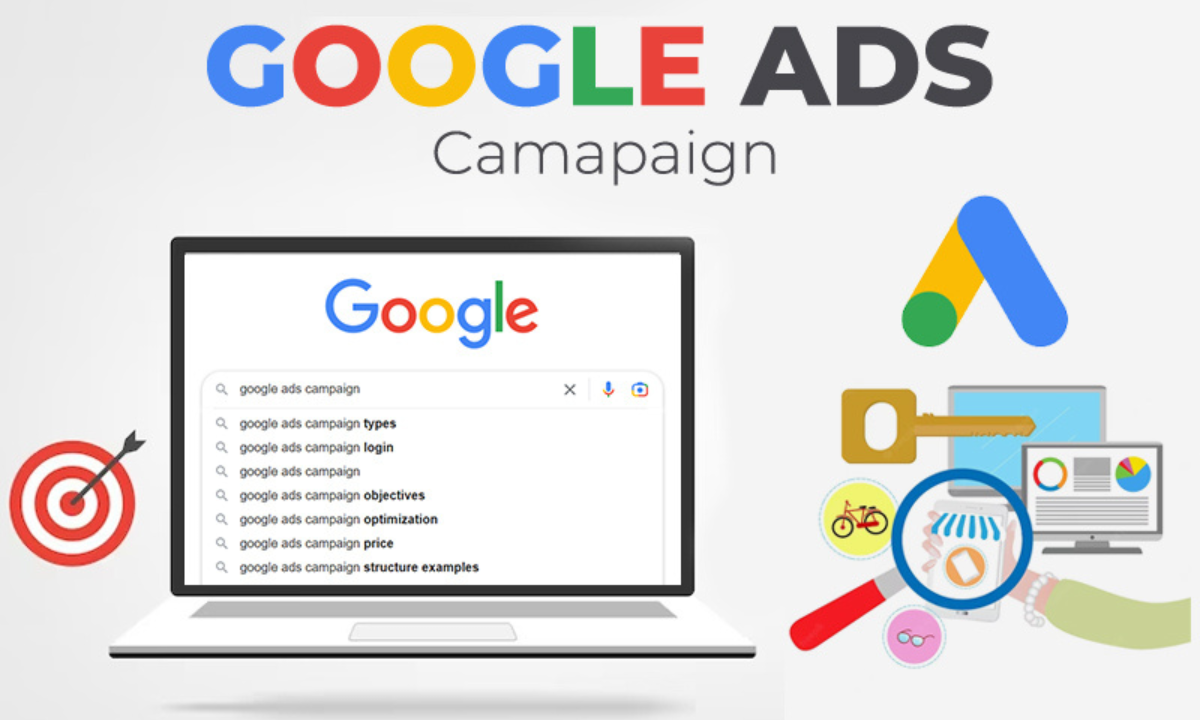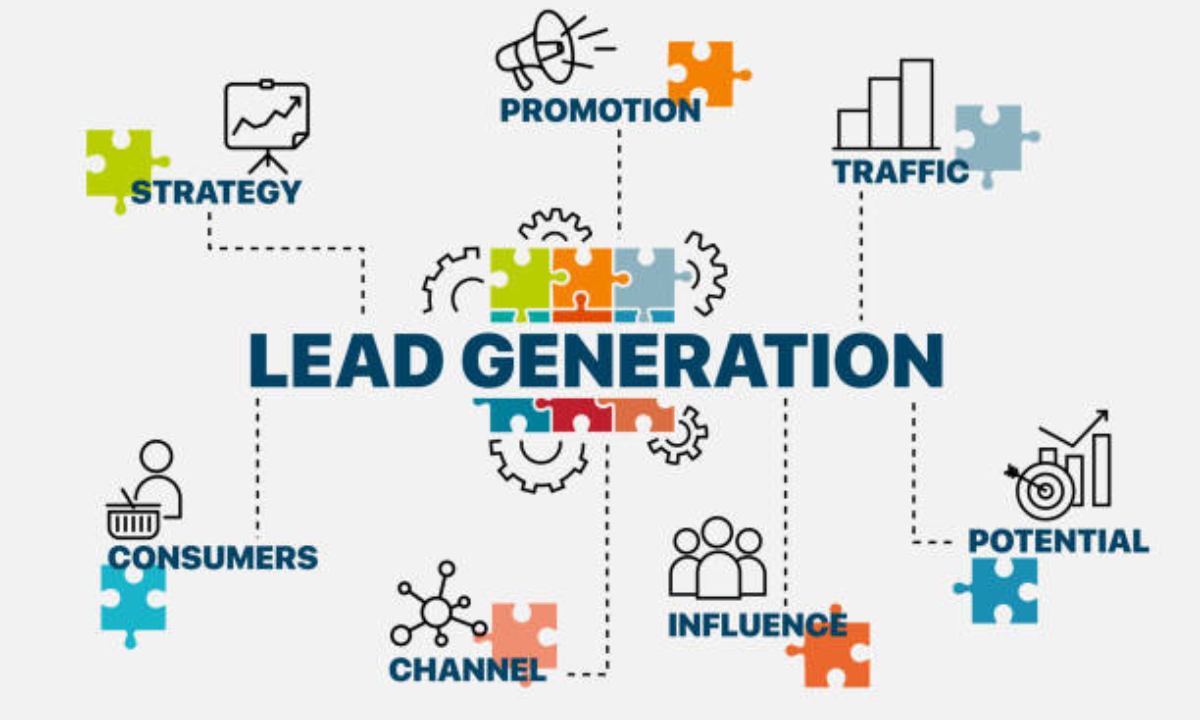Unlocking the Secrets of Blog SEO
In today’s digital landscape, where establishing a strong online presence is imperative for businesses and bloggers alike, mastering the art of Blog SEO (Search Engine Optimization) is paramount. Understanding and implementing effective strategies can significantly enhance visibility, drive traffic, and boost engagement. Let’s delve into the intricacies of Blog SEO and discover how you can optimize your blog content to achieve optimal results.
Understanding Blog SEO
Blog SEO encompasses a diverse range of strategies and techniques aimed at improving the visibility and ranking of your blog posts on search engines, particularly Google. At its core, It involves meticulous keyword research, strategic link building, image optimization, and the creation of high-quality, relevant content. By aligning your blog content with the algorithms and ranking factors of search engines, you can enhance your chances of being discovered by your target audience.
The Power of Blogging
The impact of blogging on business growth and customer engagement cannot be overstated. Research indicates that a significant percentage of consumers, approximately 56%, have made purchases after reading a company’s blog. Additionally, 10% of marketers cite blogging as their most effective tool for generating ROI. These statistics underscore the immense potential of SEO in driving tangible business outcomes and fostering meaningful connections with your audience.
Why Does Blogging Improve SEO?
Blogging aligns with several key ranking factors that search engines like Google consider when determining the relevance and authority of a website. Firstly, blogs enhance organic click-through rates by catering to a diverse range of search queries, thereby increasing the likelihood of attracting relevant traffic. Moreover, blogs facilitate frequent indexing by providing fresh, valuable content on a regular basis. They also attract quality backlinks from authoritative sources, signaling to search engines that your content is valuable and trustworthy. Additionally, blogs optimize internal linking, providing users with a seamless navigation experience while helping search engine crawlers understand the structure and hierarchy of your website.
Crafting a Blog SEO Strategy
A well-defined blog SEO strategy is essential for achieving sustainable results and maintaining a competitive edge in the digital landscape. This strategy should encompass comprehensive keyword research, competitive analysis, and a structured approach to content creation and optimization. By establishing clear objectives, identifying target keywords, and monitoring performance metrics, you can track progress and adapt to evolving SEO trends effectively.
Best Practices for Blog SEO
Implementing best practices can significantly enhance the effectiveness of your blog SEO efforts. Here are some key strategies to consider:
- Identify Your Target Audience: Tailor your content to resonate with your audience’s needs and preferences.
- Conduct Keyword Research: Discover relevant keywords with optimal search volume and competition.
- Optimize Visual Content: Use high-quality images and videos with descriptive alt text to enhance user engagement and SEO.
- Craft Compelling Titles: Create attention-grabbing titles that incorporate relevant keywords and evoke curiosity.
- Include CTAs: Encourage reader action with clear and enticing calls-to-action throughout your blog posts.
- Prioritize User Experience: Focus on readability, formatting, and page speed to enhance the overall reader experience.
- Maintain a Simple Structure: Use concise paragraphs, headings, and lists to improve readability and comprehension.
- Focus on Quality Content: Emphasize quality over quantity, ensuring each blog post delivers value and relevance to your audience.
- Seek Feedback: Gather insights from editors, peers, or colleagues to refine and optimize your blog content.
- Leverage Existing Content: Interlink relevant blog posts to enhance navigation and maximize the value of your content repository.
Factors Affecting Blog SEO
In addition to blog content, several other factors influence your ranking on search engines. These include dwell time, page speed, mobile responsiveness, index date, and the inclusion of recent data. Understanding and optimizing these factors can further enhance your blog’s SEO performance and visibility in search engine results.
In Conclusion
Mastering blog SEO requires a strategic approach, continuous refinement, and a commitment to delivering value to your audience. By implementing best practices, staying updated on SEO trends, and adapting to evolving algorithms, you can unlock the full potential of your blog as a powerful marketing and engagement tool. Embrace the secrets and watch your online presence soar to new heights.







